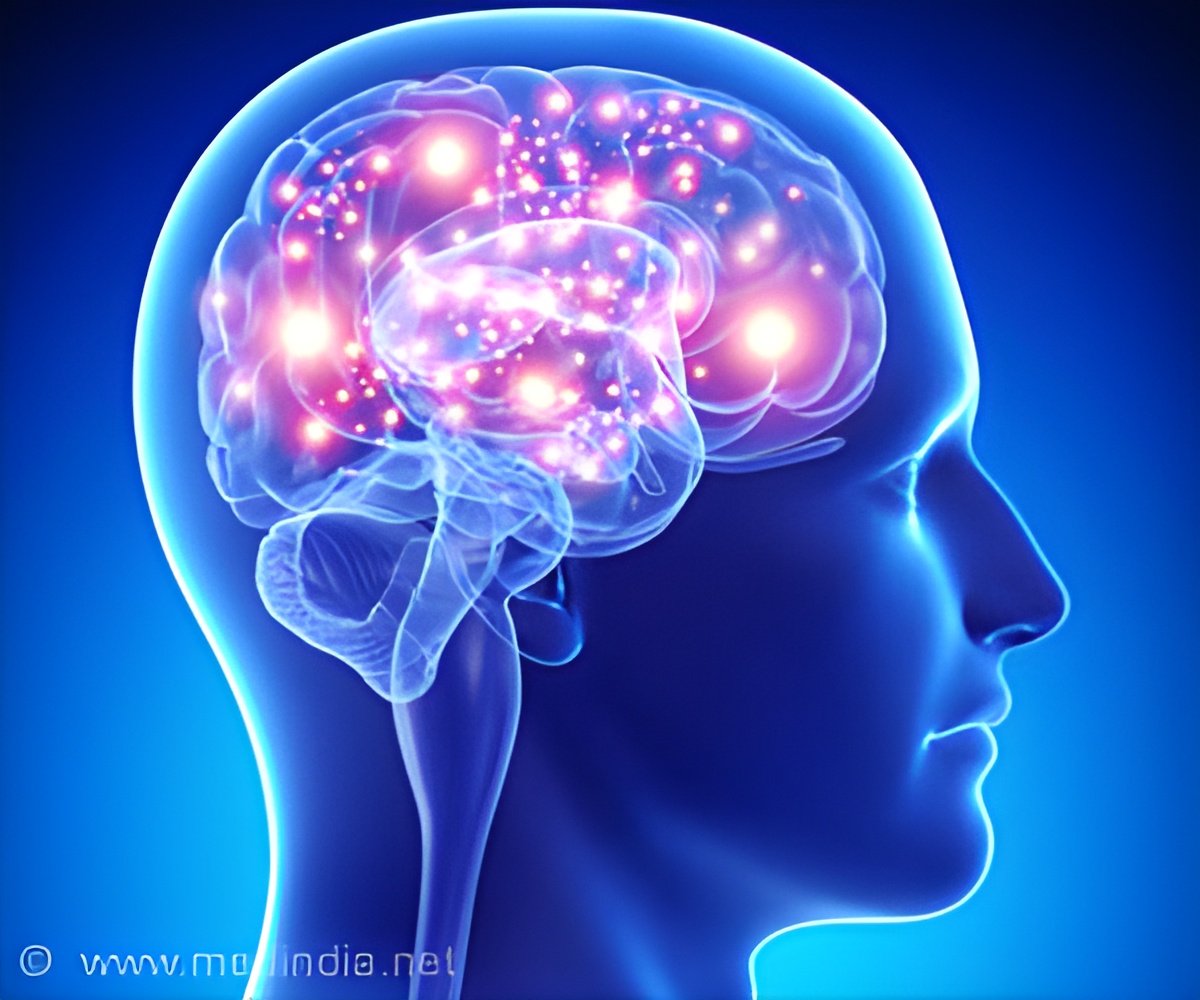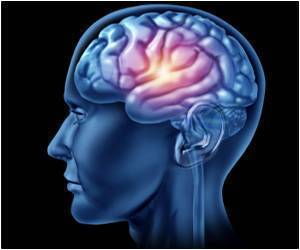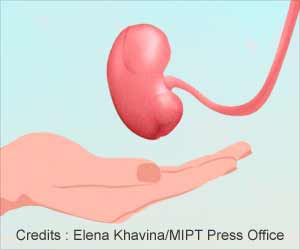Novel insights have been developed of noise sensitivity, which was found to be associated with altered processing in the selected brain structures.

Now, the researchers have found that noise sensitivity is associated with the grey matter volume in selected brain structures previously linked to auditory perceptual, emotional and interoceptive processing.
Having an increased amount of grey matter in these areas may mean that noise sensitivity requires more neural resources to be involved in dealing with sound.
"We found greater grey matter volume in people with high noise sensitivity in the brain temporal regions, as well as the hippocampus and the right insula. These cortical and subcortical areas are parts of brain networks supporting listening experience," says researcher Marina Kliuchko, the first author of the research article published in NeuroImage journal.
The research included brain images of 80 subjects from which grey matter volume, cortical thickness, and other anatomical parameters were measured and correlated with noise sensitivity. The work brings new insight into the physiological mechanisms of noise sensitivity.
"Noise sensitivity may be related to self-awareness in noise-sensitive individuals about the sensations that noise induces in them. That is suggested from the increased volume of the anterior part of the right insular cortex, which is known to be important for matching external sensory information with internal state of the body and bringing it to one’s conscious awareness," Kliuchko says.
Advertisement
Source-Eurekalert













